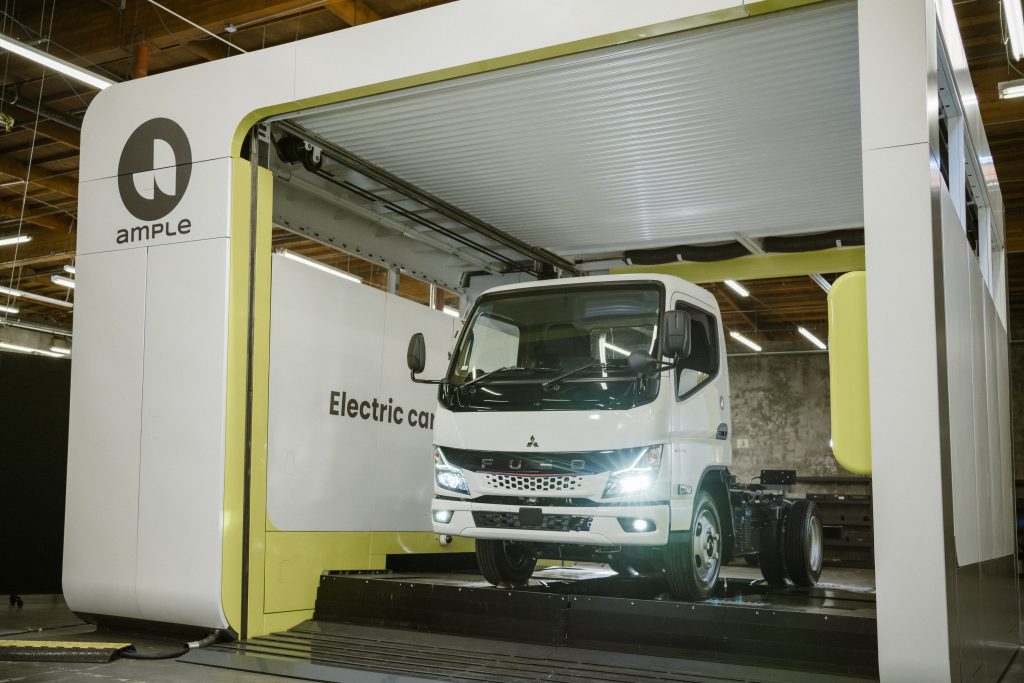Office chairs are more than just furniture; they are tools that influence your comfort, productivity, and overall well-being during long work hours. One key aspect determining how well an office chair serves you is its mechanism. The mechanism of an office chair refers to the internal components that enable various movements and adjustments. This article will explore the available office chair mechanisms and how they can impact your work experience.
1. Swivel Mechanism
The swivel mechanism is a fundamental feature of most office chairs. It allows the chair to rotate 360 degrees, allowing you to turn and reach different workspace areas without getting up. The swivel mechanism is essential for easy access to various parts of your desk and surrounding areas, promoting efficient work habits.
2. Tilt Mechanism
The tilt mechanism allows the chair’s backrest and seat to move together as you lean back. This movement helps you maintain a comfortable, ergonomic posture while supporting your back. Chairs with a tilt mechanism often have a tilt tension adjustment, allowing you to customize the resistance level when reclining. Some chairs also feature a tilt lock, which lets you lock the chair at a specific recline angle.
3. Synchro-Tilt Mechanism
The synchro-tilt mechanism is an advanced version of the tilt mechanism. It synchronizes the movement of the seat and backrest but with a slight recline angle between the two. This promotes a more natural reclining posture and offers better support to your back and hips while reducing pressure on your thighs.
4. Knee-Tilt Mechanism
The knee-tilt mechanism focuses on the pivot point of the chair at the front of the seat, allowing you to recline while keeping your feet firmly on the floor. This mechanism suits those who prefer a more fluid recline motion and want to maintain better contact with the ground.
5. Multi-Function Mechanism
A multi-function mechanism combines various adjustments, such as seat height, backrest tilt, and armrest adjustments, into one comprehensive control system. This mechanism offers a high degree of customization, allowing you to fine-tune the chair’s settings to your preferences.
6. Recline Mechanism
The reclining mechanism allows the backrest to tilt backward while the seat remains stationary. This feature is ideal when you want to relax and take a break from an upright working posture. Some chairs come with tension adjustments to control the ease of reclining.
7. Active Sitting Mechanism
An active sitting mechanism encourages movement while seated. This can include chairs with a flexible seat or a pivoting base, which engage your core muscles and promote better blood circulation. Active sitting mechanisms are designed to reduce the adverse effects of prolonged sitting.
8. Adjustable Lumbar Support Mechanism
While not a movement mechanism, adjustable lumbar support is a critical feature for ergonomic office chairs. This mechanism allows you to adjust the curvature and height of the lumbar support to match the natural curve of your lower back. Proper lumbar support helps prevent back strain and discomfort.
Choosing the Right Mechanism for You
Selecting the right office chair mechanism depends on your work habits, preferences, and any existing back or posture issues. Here are some factors to consider:
- Work Tasks: Consider the nature of your work tasks. A swivel mechanism might be essential if your work involves frequent movement and interaction. A recline or tilt mechanism could be beneficial for tasks requiring focus and concentration.
- Comfort Preferences: Think about how you prefer to sit. Some individuals prefer a more rigid posture, while others prefer the ability to recline or lean forward. Choose a mechanism that aligns with your comfort preferences.
- Ergonomic Needs: If you prioritize ergonomic support, opt for chairs with adjustable lumbar support, tilt tension, and synchro-tilt mechanisms. These features contribute to maintaining proper posture and minimizing strain.
- Space Considerations: If you have limited space, choose a chair with mechanisms that suit your workspace. For example, a chair with a knee-tilt mechanism might be better suited for smaller areas.
- Trial and Testing: Whenever possible, test different chair mechanisms before purchasing. Sit in the chair, adjust its settings, and see how each agent feels. This firsthand experience will help you make an informed decision.
Conclusion:
In conclusion, office chair mechanisms are crucial in determining your comfort and support during work hours. The proper mechanism can enhance your posture, productivity, and overall well-being. Understanding the various tools available and how they cater to your needs will empower you to select an office chair that truly supports you. Whether you prioritize movement, customization, or ergonomic support, there’s a mechanism that aligns with your preferences and work style.







